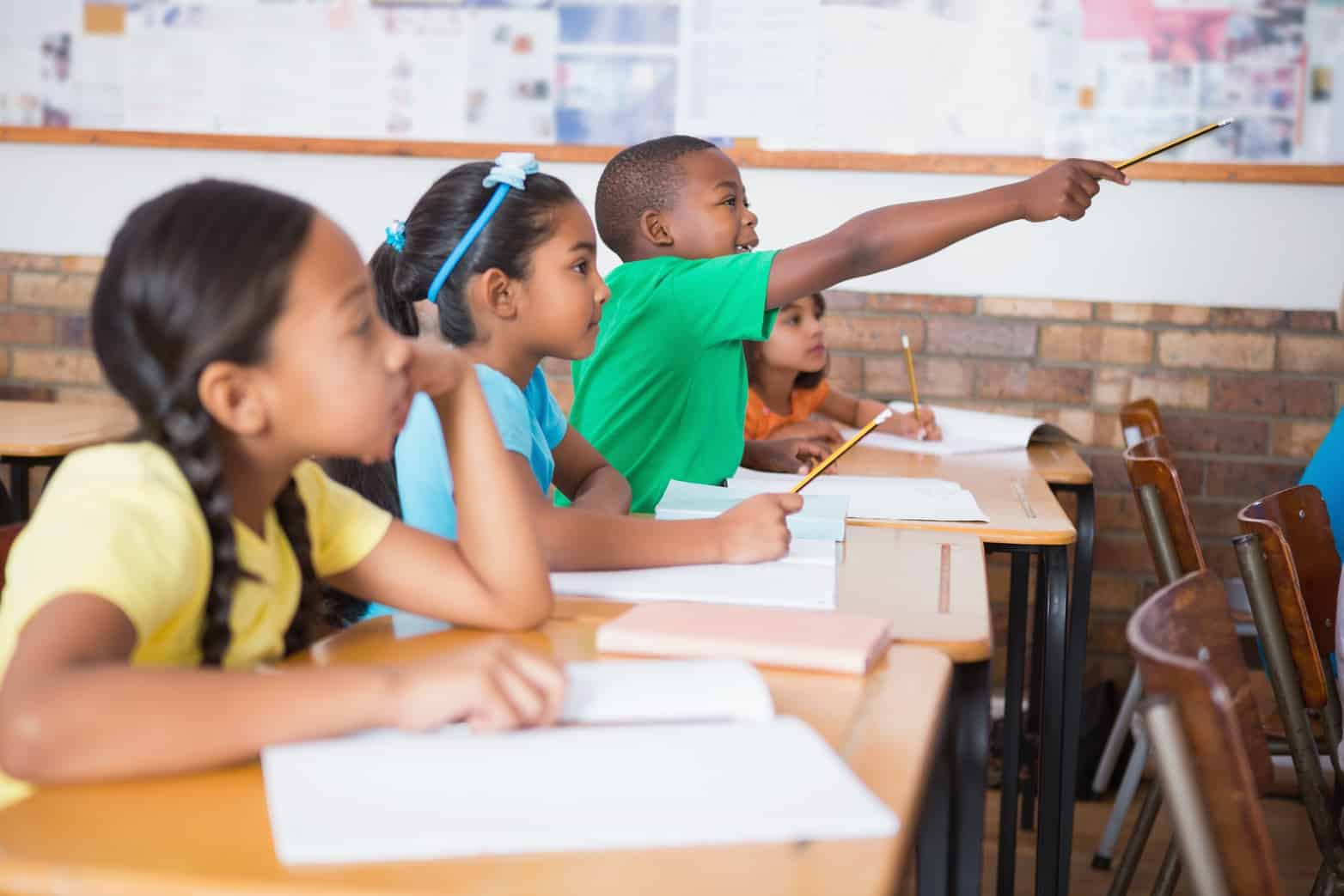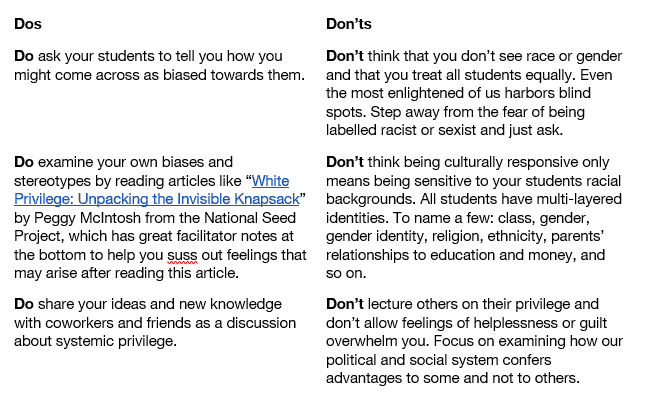Have you ever watched a movie with the sound off? If you were lucky, you could perhaps grasp the plot, but a lot of the details were lost so you probably didn’t enjoy or relate to the film as much as you could have if you had been able to hear it.
Being in a classroom that does not take into consideration the various identities of its students means some students aren’t able to fully engage with the content even with the best teaching practices. This inability to fully engage hurts these students.
When this happens, every student in the class loses out. Culturally responsive classrooms help all students because the practices of such a classroom expand all students’ views of the world and broaden their cultural understandings.
I have taught AVID, a college readiness class, for eight years at a large suburban middle school in Hawaiʻi. Through these years teaching students from multiple backgrounds, I have found there are few ways to go about creating a culturally responsive classroom.
Probably the most important step, is to step back and carefully examine your own biases and stereotypes. If you want to take it a step further, you can ask your students to tell if you’re biased in some ways and try to truly hear them out. Students can help you identify your implicit bias, which you aren’t even aware that you hold.
For example, one of my students told me that I don’t select boys to hand out papers or stamp planners. The comment really surprised me because I didn’t even know I never called on boys to help me with these tasks. The thing is, I had not even considered that this might be something a student would notice.
I thought about why I was doing this. I examined my own stereotype that girls are helpers and more agreeable and eager to take on tasks than boys. I have since allowed students to volunteer to do these tasks.
Another student pointed out that I say, “Listen up, boys and girls,” when I want to get their attention or that at times I’d have them get into gendered groupings. “But what if we don’t fit in either category?” the student questioned me.
I realized I wasn’t taking into account my non-binary, intersex, or transgender students when I gave only two options for gender so I’ve made a conscious effort to say, “Students” when I address the class. So now when I want to separate them into two groups, I avoid saying “boys vs girls.” I choose something arbitrary like the color of their shoes.
Some dos and don’ts for building culturally responsive classrooms:
Other actions you might try are getting to know your students’ cultures and families, facilitating learning by allowing student choice, using different cultural references throughout lessons, and teaching social justice and code switching.
I’ve seen a shift in my students since I’ve made an effort to have a more culturally responsive classroom. I see more engagement from all my students. My room has become a place where students feel like, no matter who they are, it’s normal and accepted to be themselves.
Do you have strategies that you’ve found successful in creating a culturally responsive and inclusive classroom? Share them below–I’d love to hear them!



















This topic is always relevant and impacts all of us. It’s easy to assume a ‘not me’ stance, but the reality is that most people speak, act, and behave in biased ways. Allowing the space for students to hold up that mirror for us as educators is critical to improving practices.